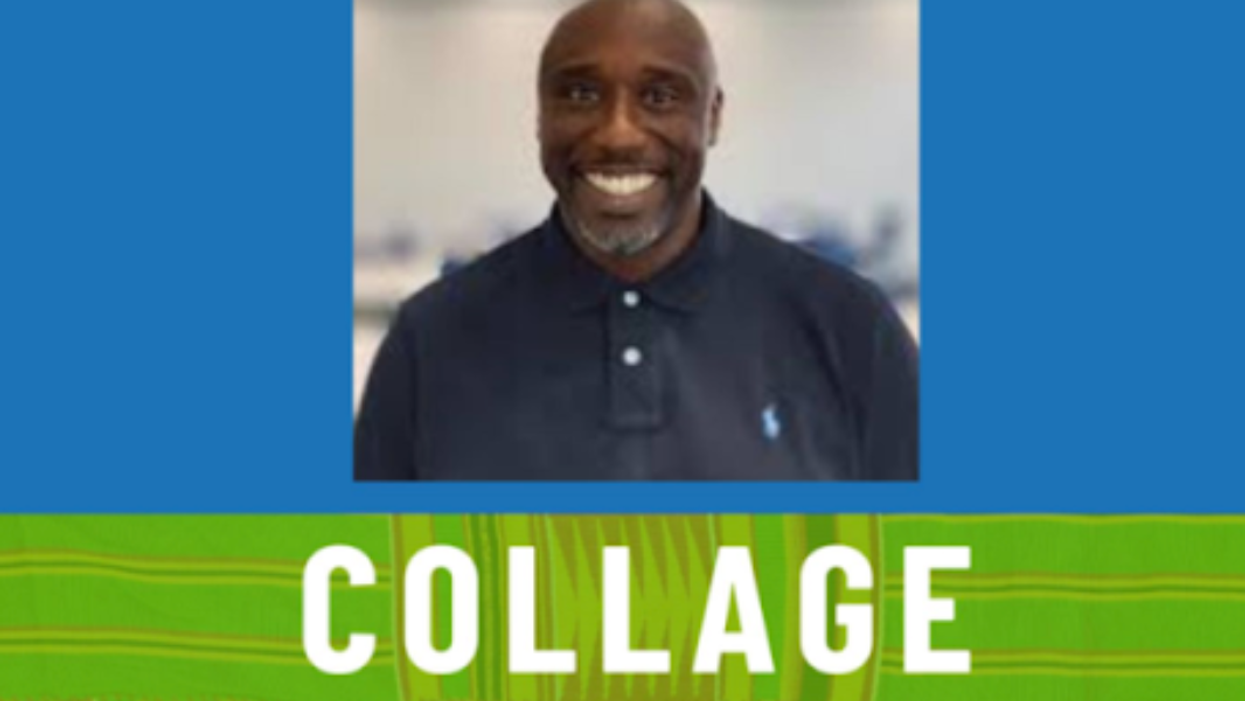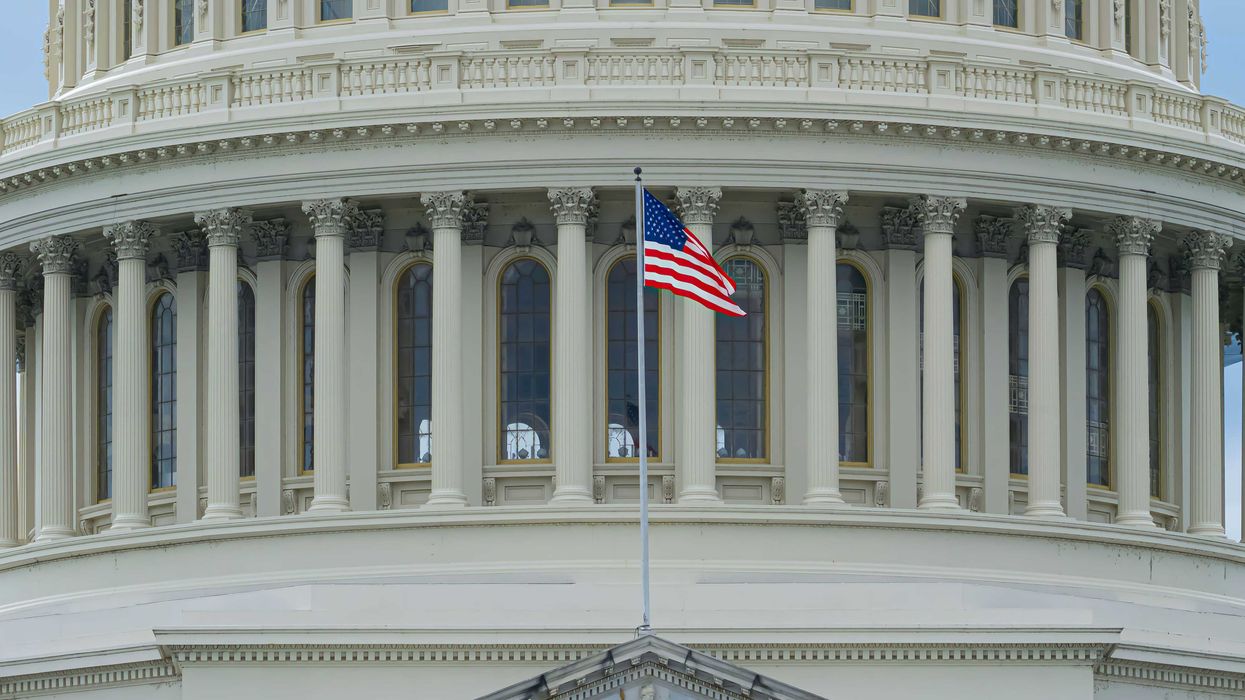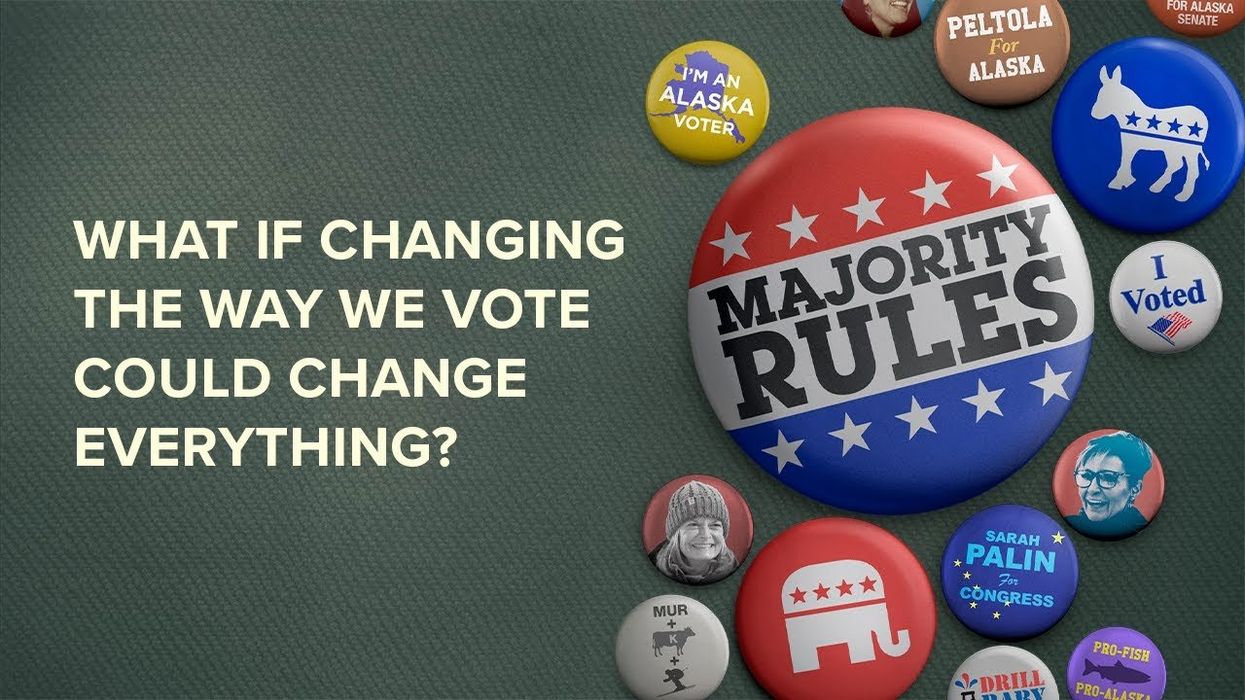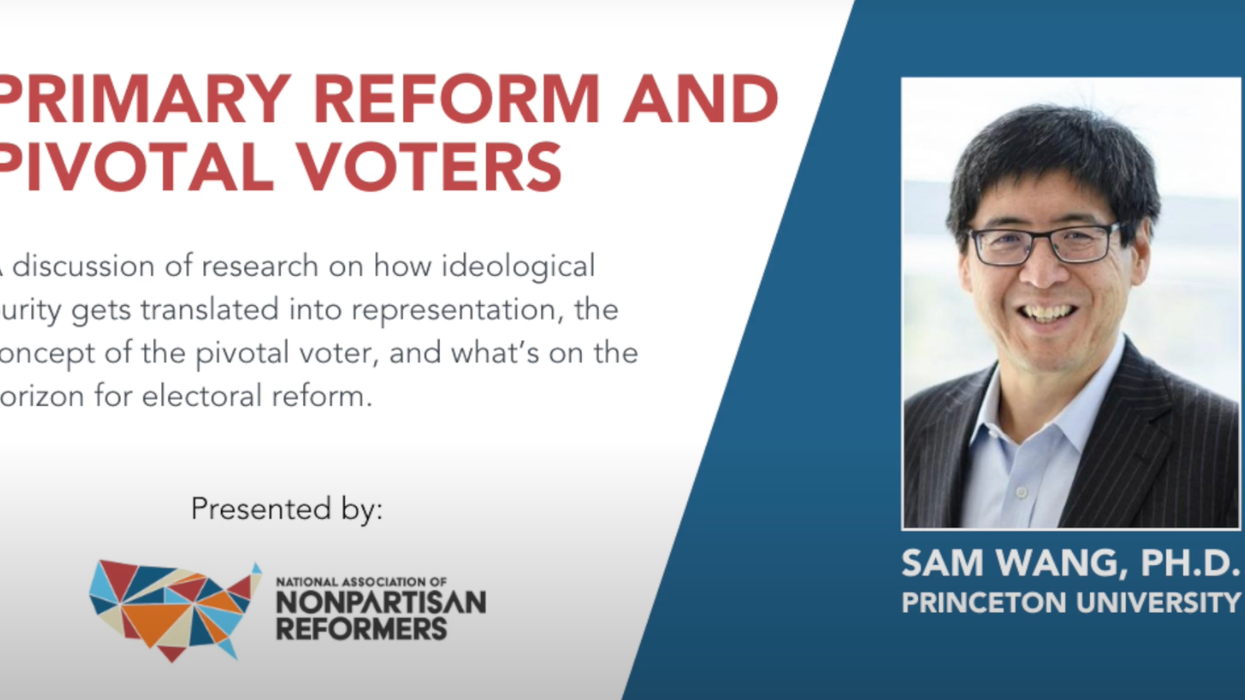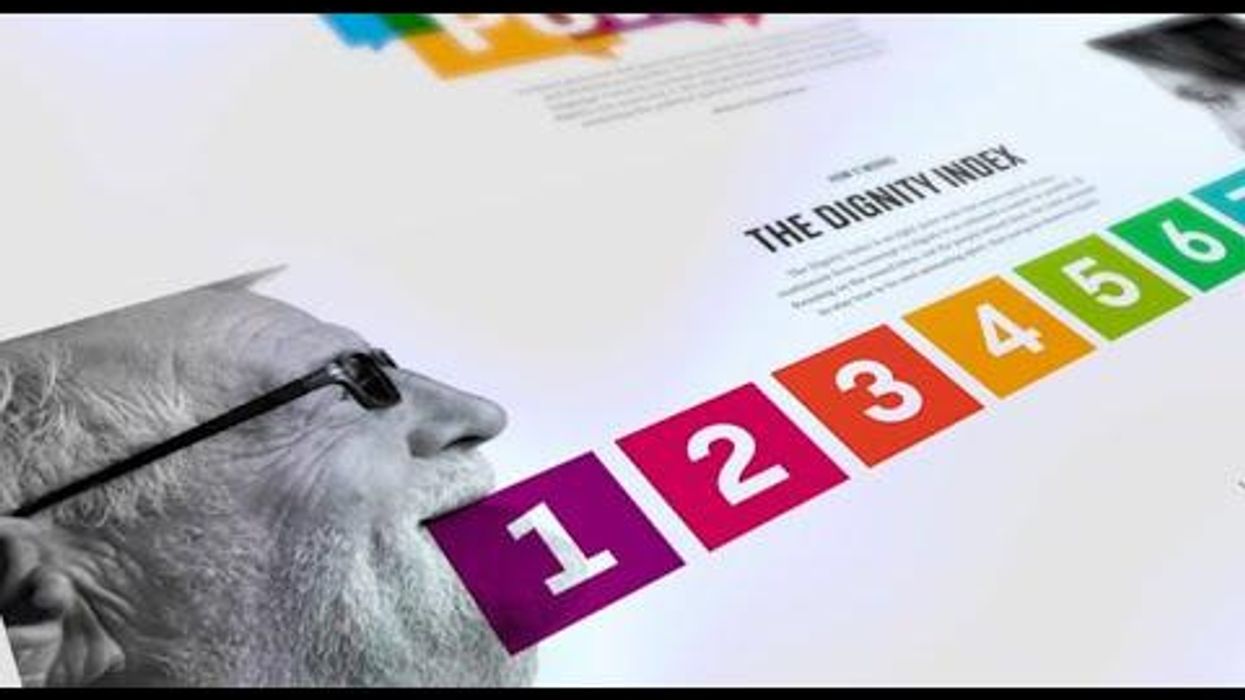Host Rev. Dr. F. Willis Johnson is in a rich conversation with Patrick McNeal, executive director of the North Flint Action Council, focused on the unique community-empowered approach employed by McNeal's organization in Flint, Michigan.
Listen to this insightful conversation herePodcast: Dr. F. Willis Johnson in a rich conversation with Patrick McNeal
